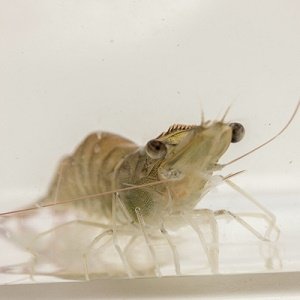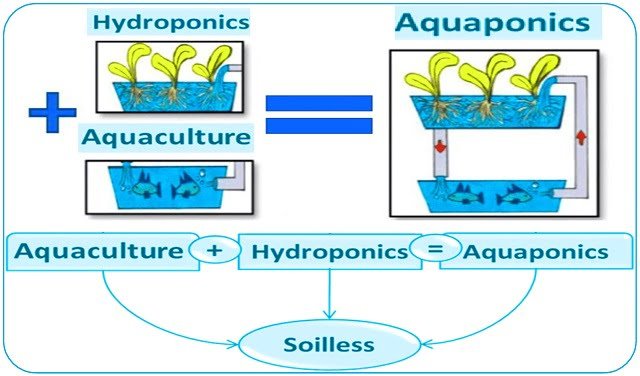
The Atlantic salmon aquaculture industry strives to produce larger and healthier smolts for better performance after transfer to seawater. Smoltification is a crucial stage where salmon adapt to saltwater life.
Traditionally, artificial photoperiods are used to trigger smoltification in salmon. However, despite decades of research, ensuring optimal smolt quality remains a challenge in the industry.
Researchers from The University of British Columbia and Harvard University examined the effects of artificial photoperiods on metabolic rates of large Atlantic salmon of three different sizes (around 150 g, 500 g, and 1200 g) before and after seawater transfer.
Key points of smoltification
- Photoperiod treatment is crucial to induce smoltification in young salmon before transferring to seawater.
- Larger smolts are related to better survival in seawater, even without photoperiod treatment.
- Metabolic rate, measured by oxygen consumption, reflects fish energy needs and can be affected by smoltification and transfer to seawater.
- Smolts generally have higher oxygen consumption than parr (pre-smolt fish) due to increased activity and energy demand.
- Transfer to seawater initially reduces maximum oxygen consumption due to the need for increased ion regulation in the gills.
- Hypoxia tolerance (ability to survive with low oxygen) is vital for salmon in net pens and can be affected by photoperiod treatment.
Current practices
Currently, the standard practice is to use artificial photoperiods to mimic seasonal changes and induce smoltification in young salmon before transferring them to seawater. This process typically involves a “winter” period with shorter daylight hours, followed by a sudden switch to longer “summer” days.
While effective in triggering smoltification, these methods have not fully addressed issues such as high mortality rates after seawater transfer.
Seeking improvement
Researchers are now exploring ways to enhance salmon physiological robustness at the time of transfer. Two key areas of research are:
- Size: Larger smolts, even without artificial photoperiod manipulation, exhibit greater seawater tolerance.
- Metabolic rate: Measuring oxygen consumption (MO2) can provide insights into overall fish performance.
The study
Salmon were reared under continuous light (24L:0D) or exposed to an artificial photoperiod (8 weeks of 12L:12D followed by 4 weeks of 24L:0D) before seawater transfer.
Oxygen consumption (MO2), an indicator of metabolic rate, was measured at three stages:
Stay Always Informed
Join our communities to instantly receive the most important news, reports, and analysis from the aquaculture industry.
- Before seawater transfer (freshwater)
- 24 hours after seawater transfer
- 1 month after seawater transfer
Key results
The study reports the following findings:
- Photoperiod treatment (12L:12D) increased minimum oxygen consumption (MO2min) by approximately 13% across all sizes and time points, consistent with higher metabolic rates typically observed in smolts.
- However, the increase in MO2min was not solely due to growth and was related to reduced hypoxia tolerance (reduced capacity to handle low oxygen levels) at seawater transfer in medium and large salmon (around 500 g and 1200 g).
- Seawater transfer initially reduced maximum oxygen consumption (MO2max), a potential indicator of osmo-respiratory compromise (balance of oxygen consumption and ion regulation) in small and medium-sized salmon (around 200 g and 500 g), regardless of photoperiod treatment. This effect decreased after one month.
- The largest salmon (around 1200 g) showed no significant changes in MO2max after transfer.
Implications for the salmon industry
This study suggests that traditional photoperiod treatments may offer limited benefits for the performance of large salmon after seawater transfer. These treatments could even have negative consequences by increasing metabolic rate and sensitivity to low oxygen levels.
These findings, along with other recent research, suggest that traditional photoperiod manipulations may be unnecessary for large smolts.
Next steps
This research provides valuable insights into the connection between photoperiod, smoltification, and metabolic rate in Atlantic salmon. Further research is needed to:
- Confirm the link between changes in metabolic rate and improved seawater survival.
- Develop optimal photoperiod strategies for different salmon sizes to enhance smolt quality and survival.
- Investigate the long-term effects of photoperiod manipulation on salmon health and performance in seawater.
Conclusion
This study challenges current practices of smoltification in large Atlantic salmon. By reassessing traditional methods and exploring new approaches, the industry can achieve:
Better health and performance of smolts, leading to improved survival rates after seawater transfer.
Reduced dependence on photoperiod manipulation, which could lead to more efficient and profitable production.
Development of more sustainable aquaculture practices that prioritize fish welfare and environmental responsibility.
The study was funded by the British Columbia Salmon Restoration and Innovation Fund and MOWI Canada.
Contact
Daniel W. Montgomery
Department of Zoology, The University of British Columbia, Vancouver, BC, Canada
Email: danwmont@gmail.com
Reference
Montgomery, D. W., Zhang, Y., Laronde, D. S., Mackinnon, R., Brauner, C. J., & Richards, J. G. (2024). Exposure to a winter photoperiod to produce large Atlantic salmon smolts (Salmo salar) increases energetic costs and reduces hypoxia tolerance during seawater transfer. Aquaculture, 740746.
Editor at the digital magazine AquaHoy. He holds a degree in Aquaculture Biology from the National University of Santa (UNS) and a Master’s degree in Science and Innovation Management from the Polytechnic University of Valencia, with postgraduate diplomas in Business Innovation and Innovation Management. He possesses extensive experience in the aquaculture and fisheries sector, having led the Fisheries Innovation Unit of the National Program for Innovation in Fisheries and Aquaculture (PNIPA). He has served as a senior consultant in technology watch, an innovation project formulator and advisor, and a lecturer at UNS. He is a member of the Peruvian College of Biologists and was recognized by the World Aquaculture Society (WAS) in 2016 for his contribution to aquaculture.




